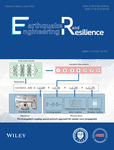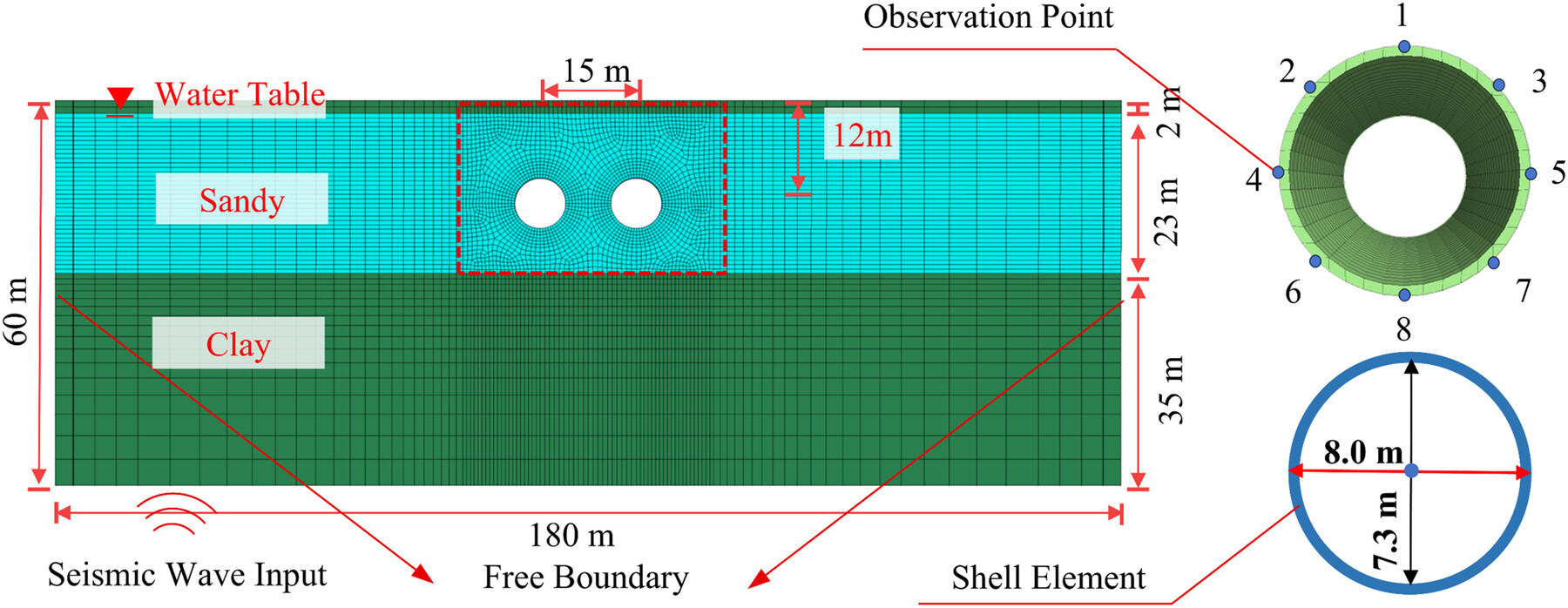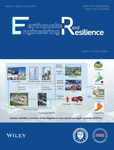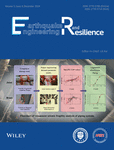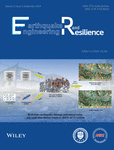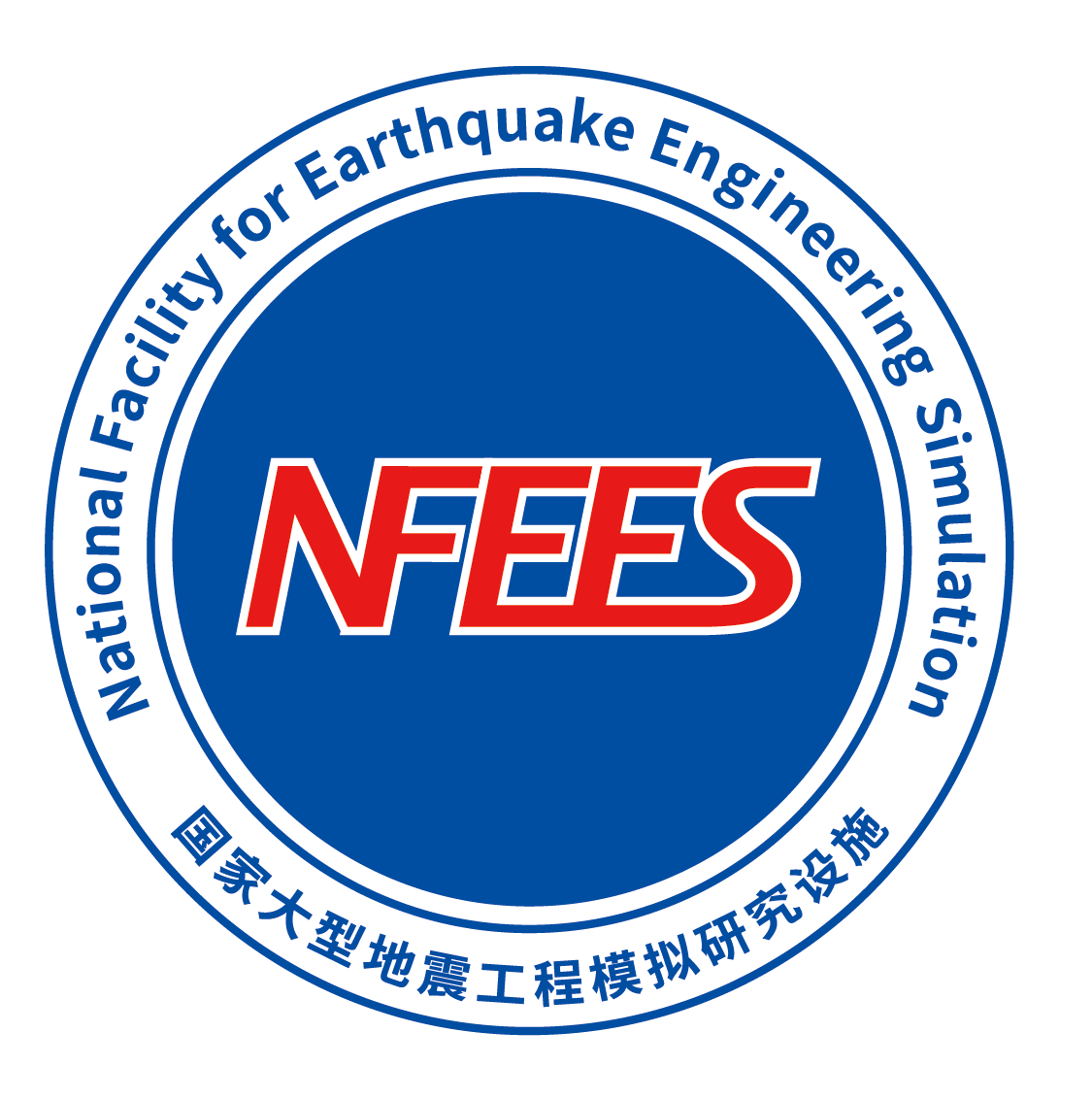Editor-in-Chief: Lili Xie
Earthquake Engineering and Resilience (EER) is an international hybrid journal publishing traditional and emerging topics in earthquake engineering that contribute to future natural and man-made disaster prevention. With an interdisciplinary scope, the journal welcomes contributions from civil engineering to geophysics, covering research on strong ground motion, earthquake hazards and risks, seismic specification, and more.
Journal Metrics
- 2.4CiteScore
- 1.9Journal Impact Factor
- 67%Acceptance rate
- 36 days Submission to first decision
Articles
Parameters Influencing Seismic Resilience of Self‐Centering Concrete Bridge Piers
- 229-253
- 30 June 2025
Graphical Abstract
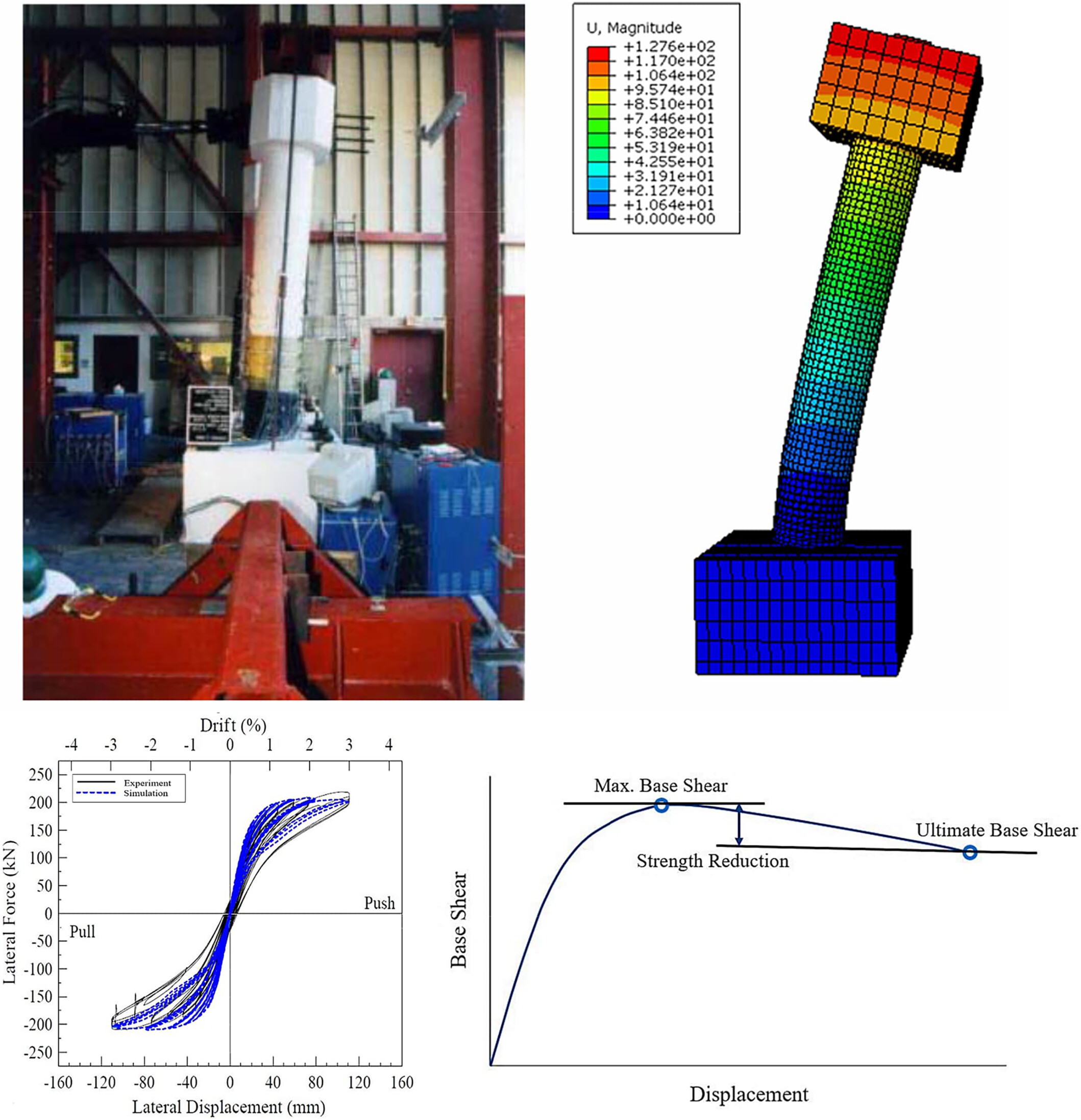
The optimum combination of the parameters that affect seismic behavior of self-centering concrete bridge piers is evaluated in this study using FE and factorial analysis. The evaluated design parameters of the bridge piers ensure minimum strength degradation and enhance seismic resilience of the structure.
Numerical Study on the Influence of Web Corrugation Geometry on Cyclic Performance of Link Beams in Eccentric Braced Frames
- 279-297
- 30 June 2025
Graphical Abstract
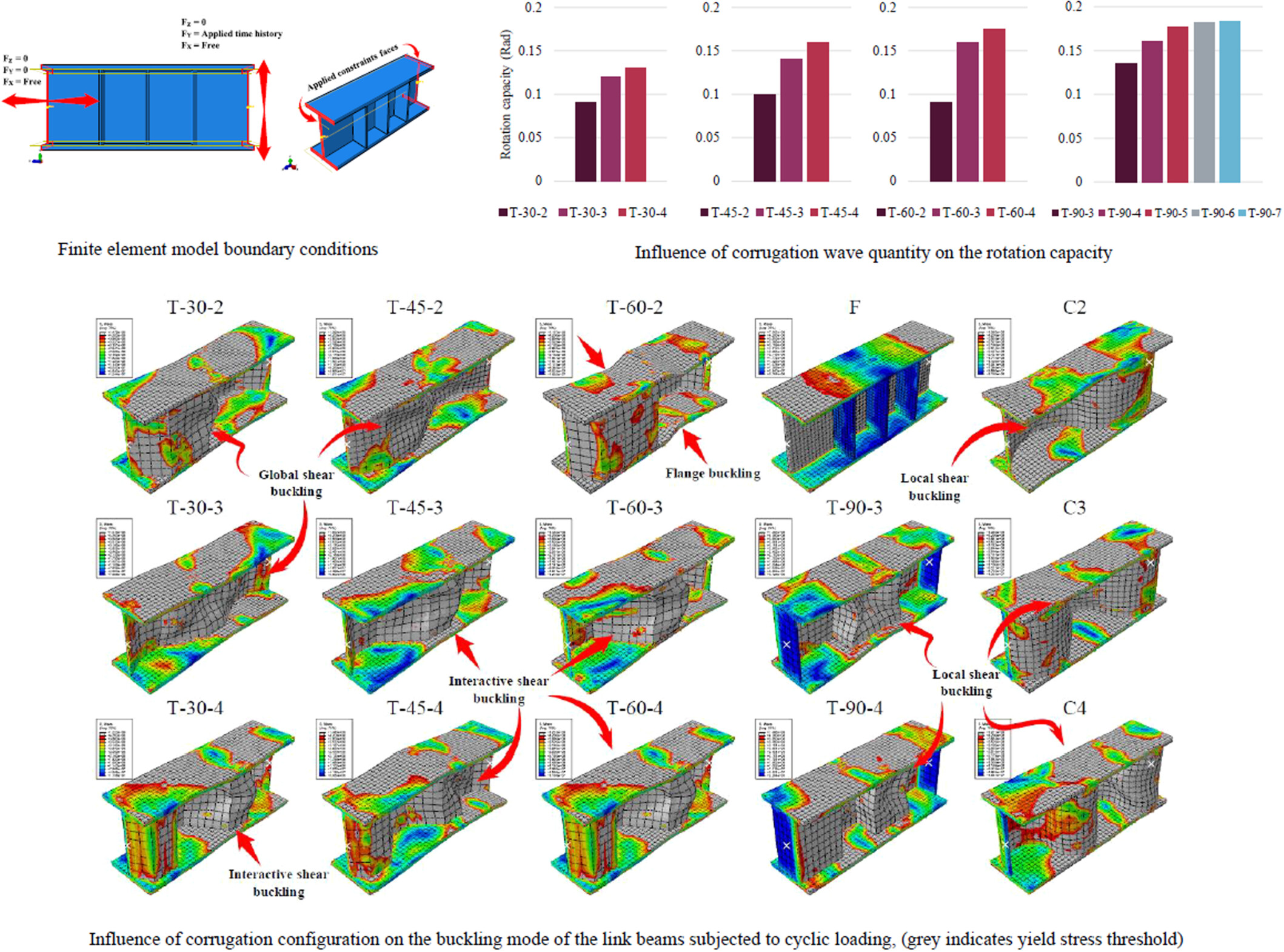
The study considers a variety of sinusoidal and trapezoidal corrugations. Furthermore, a wide assessment and a comparative study of the effect of the wave number and wave angle on the response parameters and most importantly the equivalent viscous damping under both monotonic and cyclic loadings was conducted.
Enhancing the Mechanical Performance of Laminated Silicone Bearings With Fumed Silica and Selected Primers
- 254-265
- 27 June 2025
Graphical Abstract
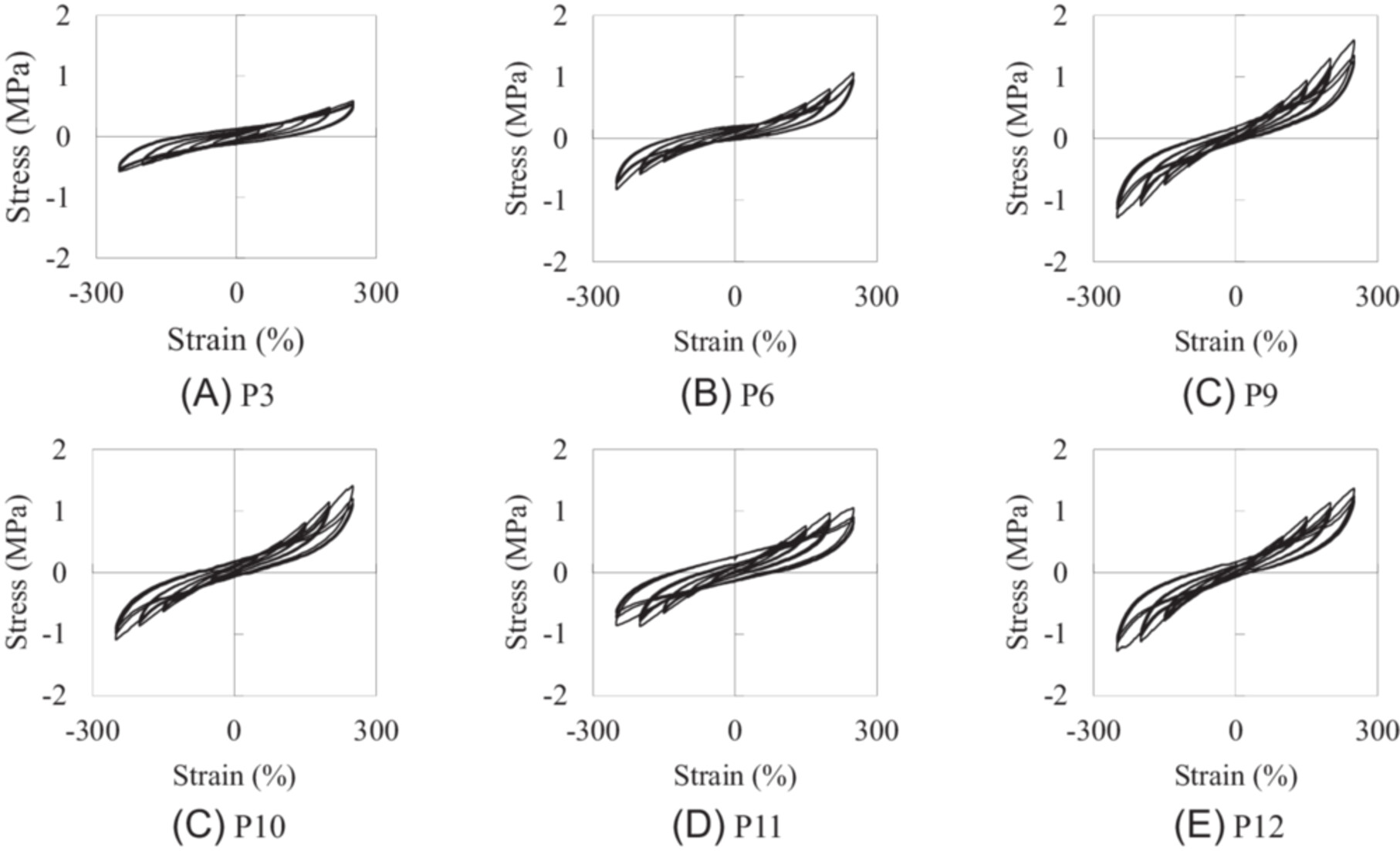
This manuscript investigates the potential of silicone elastomers, modified with fumed silica fillers and primers, to address critical challenges in seismic isolation bearings, including durability, stiffness, and interlayer adhesion. Our findings demonstrate significant enhancements in mechanical properties, such as increased hardness and bond strength, and validate the performance of laminated bearing prototypes under quasi-static shear conditions.
Numerical Simulation Study on the Seismic Response of Shield Tunnels in Liquefiable Interlayer Site
- 266-278
- 27 June 2025
The following is a list of the most cited articles based on citations published in the last three years, according to CrossRef.
Seismic control of a smart structure with semiactive tuned mass damper and adaptive stiffness property
- 74-93
- 28 March 2023
Resilience assessment methods for hospitals subjected to earthquakes: State of the art
- 40-59
- 18 April 2022
Seismic analysis and test facilities of deep‐water bridges considering water–structure interaction: A state‐of‐the‐art review
- 21-39
- 18 April 2022
Hazard considerations in the vulnerability assessment of offshore wind farms in seismic zones
- 88-109
- 18 April 2022
Study on simulation of real‐time hybrid model test for offshore wind turbines
- 94-110
- 27 March 2023
Graphical Abstract
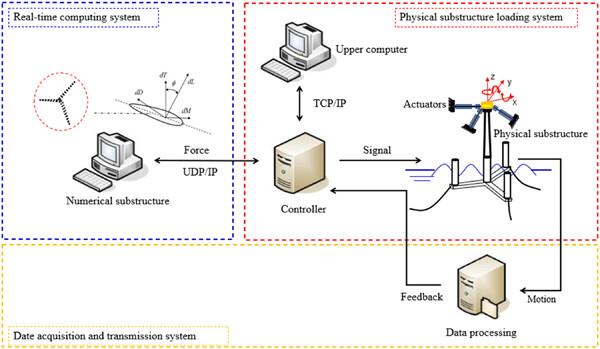
In this study, taking the 5 MW Braceless floating offshore wind turbine as the research object, a conceptual design of a real-time hybrid model test system for Braceless offshore wind turbines is proposed. Six sets of working conditions are set for simulation to study the motion and force performances of the hybrid system. The performance requirements of the Braceless structure for the loading device in the real-time hybrid test are quantified.



